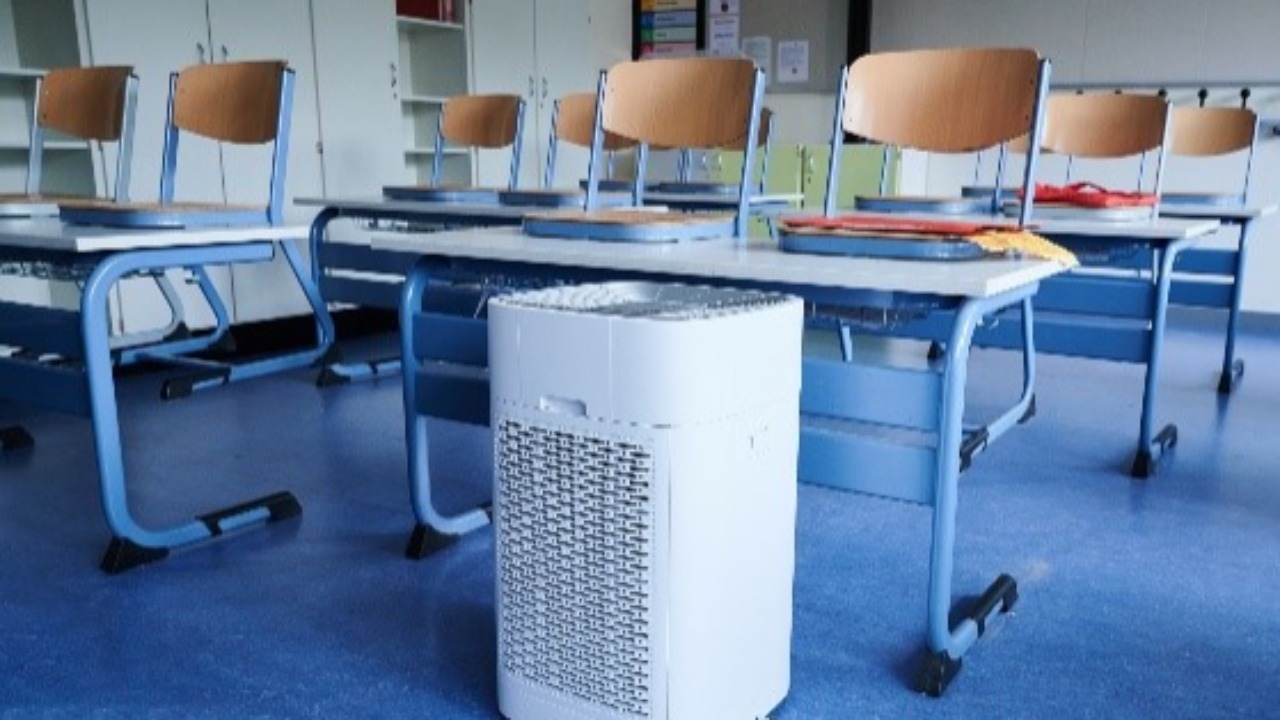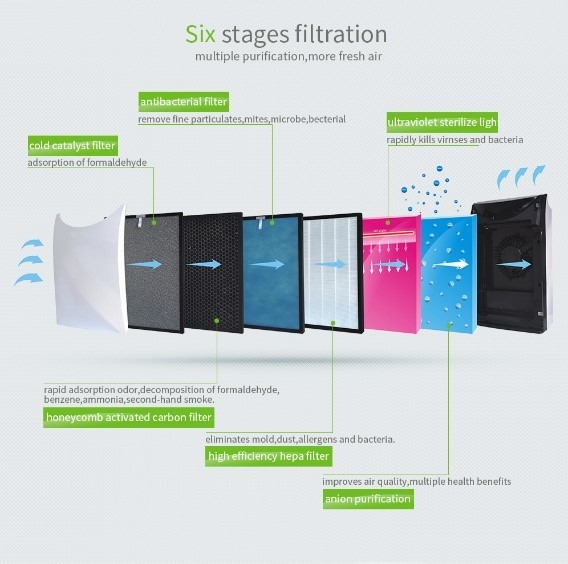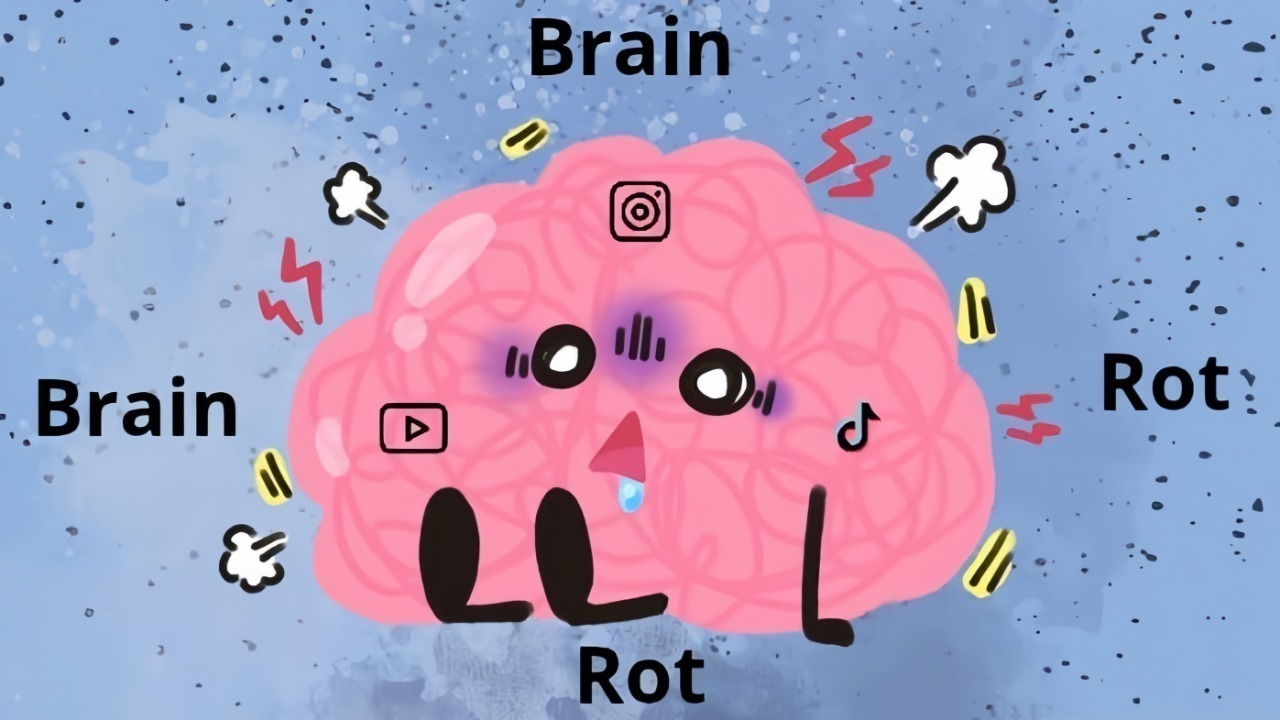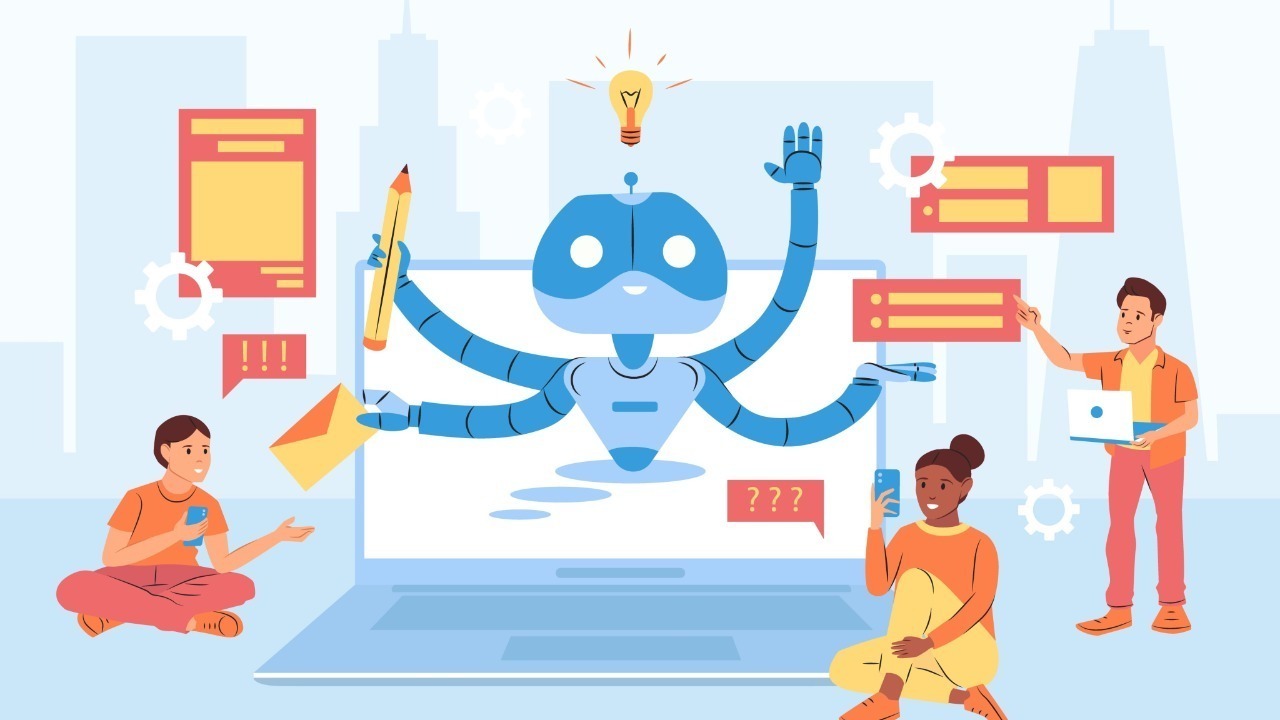
How Efficient is the Air Purifier to Mitigate Indoor Air Pollution?
Air pollution is defined by World Health Organization (WHO) as “contamination of the indoor or outdoor environment by any chemical, physical or biological agent that modifies the natural characteristics of the atmosphere”. Common causes of air pollution include household combustion devices, motor vehicles, industrial operations, and forest fires. Particulate pollution, carbon monoxide, ozone, nitrogen dioxide, and sulfur dioxide are all serious public health concerns. Air pollution, both indoor and outdoor, causes respiratory and other ailments and is a major cause of morbidity and mortality.
Air pollution and exposure are some of the most critical environmental issues on public health for worldwide according the World Health organization (WHO). According to worldwide data, air pollution killed 6.4 million people in 2015 which is the source of several factors such as household and ambient air pollution. According to epidemiologic studies shows ambient air pollution has contributed to asthma and allergic disease especially for children because their respiratory and immune systems are still developing and immature. Another factor that makes children are more vulnerable to air pollutants and increase the effect is how P.M 2.5 easily enters the indoors. As we have known, P.M 2.5 may infiltrate the lungs, heart, and circulation, causing illnesses and malignancies.
Based on the issues discussed above, there are several developments in air purification technology or known as air purifiers. Air purifiers are devices that remove pollutants from the air. They can be made as tiny, stand-alone units or as bigger ones that can be attached to your HVAC system.
How does air purifier work?

From the picture above, we can be identified the structure of the air purifier. Those are consisting of multiple filters and a fan that is placed in and circulates air. In general, Pollutants and particles are caught when air passes through the filter, and clean air is pumped back into the living room. Filters are often constructed of paper, fiber (commonly fiberglass), or mesh, and they must be replaced on a regular basis to maintain efficiency. The function of each part is:
Motor and fan: this part is the core component, which controls the air cycle. Air filters: before the motor turns on to blow in clean air, the filters work to purify it (the contaminated air is sucked into the filter). Coarse and fine particle filters are the two types of particle filters. Organic filter for formaldehyde elimination, odor filter, activated carbon filter, charcoal pole cylinder, and so forth. Each screen differs significantly from the intended source, but the filtering mechanism remains the same. Water tank: the increasing air purifier demand builds the other function of air purifier which is humidification or regenerating air. Intelligent monitoring system: this system works to turn on the air purifier to purify air based on real-time understanding of the difference of good judgment of air quality as the air quality monitor. Negative ion generator and high voltage circuit: the function as the secondary purification. The anions work to sedation, hypnosis, analgesia, promoting appetite, and lowering pressure. After, reduced reactive oxygen species (oxygen free radicals) in the human body can be reduced by reducing air pollution, nitrogen oxides, cigarettes, and other reactive oxygen species (oxygen free radicals). Disinfection mode: The structure has electrostatic air purifying equipmentHow efficient is the air purifier based on its type?
Air purifiers use high heat, UV light, exhaust systems, ionic technology, or HEPA filters to remove dust, volatile organic compounds, dander, mold spores, smoke, dust mites, and pollen from the air. The types of air purifiers have been identified above, we will talk about how does it work.
1. Ultraviolet Air Purifiers
UV Air purifiers employ ultraviolet light to kill potentially dangerous viruses, germs, and pathogens in your house. UV air purifiers were inspired by hospitals, which clean patient rooms and labs using specific ultraviolet light bulbs. Residential UV air purifiers are tiny, portable equipment that filters the air in your house using a UV-light-filled chamber. Pathogens are killed by UV light because molecular connections in their DNA are broken.
2. HEPA Air Purifiers
HEPA Air Purifiers employ a sophisticated air filter to remove 99.7 percent of all particles bigger than 0.2 microns from your home's air. That is, HEPA air purifiers are extremely effective in removing particles from the air such as pollen, dander, mold, and dust.
3. Activated Carbon Air Purifiers
Activated Carbon Air Purifiers have effectively removed smoke, smells, fumes, and gasses. People who are sensitive to scents such as smoking or natural gas might think about getting an activated carbon air filter. HEPA filters, which are included in most activated carbon air purifiers, remove particulates from the air as well.
4. Ionic Air Purifiers
Ionic air purifiers are incredibly silent and run without the use of a motor. The system sends negative ions into the atmosphere, which link with positively charged airborne particles like dust, making them so heavy that they eventually fall out of the atmosphere. Electrostatic precipitators in certain ionic air purifiers catch positively charged particles on a metal plate within the air purifier.
5. Electronic Air Cleaners
An electronic air cleaner is a whole-house system that uses static electricity to charge and trap airborne particles in conjunction with your furnace or air conditioner. Using HEPA filters and positively charged ions, electronic air cleaners may remove up to 99.98 percent of allergens from your home's air. They use a HEPA filter in combination with your heating and cooling systems to purify the air in your whole home. In essence, an electronic air cleaner guarantees that the air that circulates through your HVAC system also travels through a HEPA filter capable of trapping particles as fine as 0.3 microns. Any leftover contaminants are subsequently blasted by the electronic air cleaner's positively charged ions.
6. Central Air Cleaners
By connecting to your central heating and cooling systems, central air cleaners filter the air throughout your whole home. Central air cleaners operate quietly in your house's ductwork to remove up to 99 percent of the most and pollen in your home, 98 percent of the dust in your home, and 94 percent of the viruses in your home. Central air purifiers may significantly minimize the health effects of allergies, asthma, and infections. They also assist to extend the life of your heater and air conditioner by filtering out pollutants that might interfere with the equipment.
7. Air – to – Air Exchangers
Air-to-Air exchangers truly ventilate your house by eliminating stale air and bringing in new, healthy air. Using "energy recovery ventilators," air-to-air exchangers may also assist you to manage the temperature and humidity in your house. In the winter, for example, an air-to-air exchanger will capture heat from the air before venting it out of your home. In order to maintain a uniform temperature, this heat will be used to warm and humidify clean air entering your home. During the summer, an air – to – air exchanger cools and dehumidifies fresh air from outside before directing it into your home.
From the explanation above, the development of air purification technologies has its own unique system whereas the general system of air purifierss is effectively above 90% to make clean air for indoor. The point which needs to consider before buy the air purifier is the clean-air delivery rate, size of place, and internal factor (your needs).
References
Air pollution. (n.d.). Retrieved January 23, 2022, from https://www.who.int/health-topics/air-pollution#tab=tab_1 Air Purifiers, Dehumidifiers, and Air Quality Testers for Breathing Easier (2022) | WIRED. (n.d.). Retrieved January 23, 2022, from https://www.wired.com/story/when-to-use-air-purifier-dehumidiers-humidifiers/ González-Martín, J., Kraakman, N. J. R., Pérez, C., Lebrero, R., & Muñoz, R. (2021). A state–of–the-art review on indoor air pollution and strategies for indoor air pollution control. Chemosphere, 262. https://doi.org/10.1016/j.chemosphere.2020.128376 Landrigan, P. J. (2017). Air pollution and health. The Lancet Public Health, 2(1), e4–e5. https://doi.org/10.1016/S2468-2667(16)30023-8 Manisalidis, I., Stavropoulou, E., Stavropoulos, A., & Bezirtzoglou, E. (2020). Environmental and Health Impacts of Air Pollution: A Review. Frontiers in Public Health, 8, 14. https://doi.org/10.3389/FPUBH.2020.00014/BIBTEX Silverman, R. A., & Ito, K. (2010). Age-related association of fine particles and ozone with severe acute asthma in New York City. The Journal of Allergy and Clinical Immunology, 125(2). https://doi.org/10.1016/J.JACI.2009.10.061 The 7 Different Types of Air Purifiers and When to Get One. (n.d.). Retrieved January 23, 2022, from https://welterheating.com/5-types-air-purifiers/ The structure of air purifier - Olansi Healthcare Co., Ltd. (n.d.). Retrieved January 23, 2022, from https://www.olansiglobal.com/the-structure-of-air-purifier.html
previous post
Rahasia Penting dalam Pelatihan Kerja: Gen Z Harus Tau!


